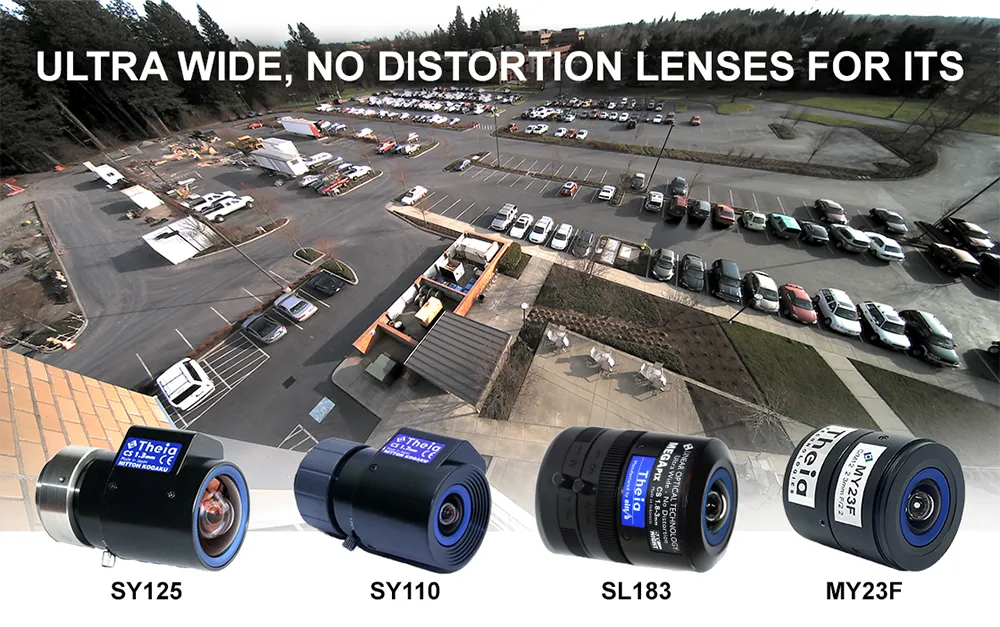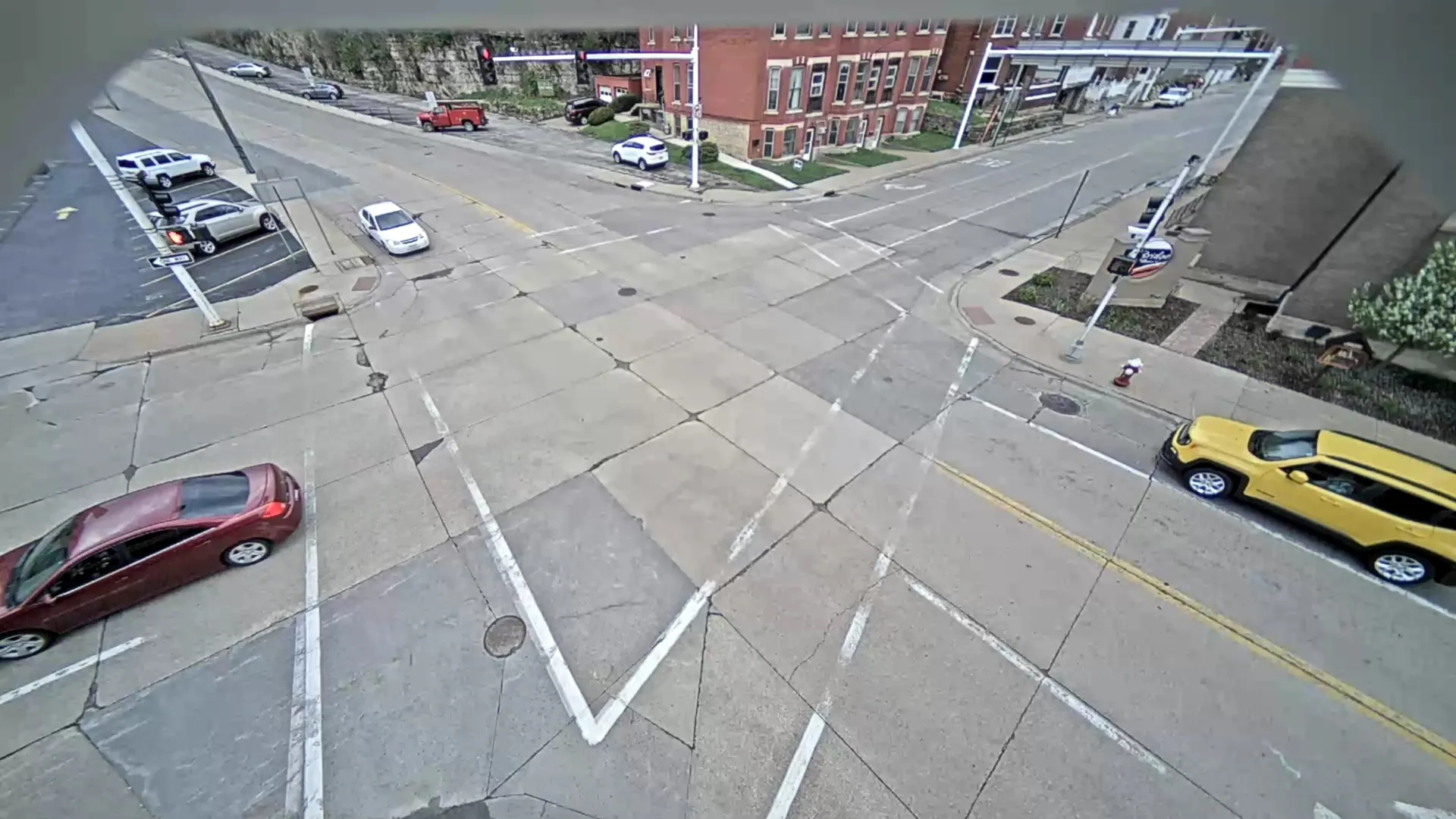
The UMRR-0C multi-lane 3D object tracking sensor reliably detects and tracks up to 256 stopped and moving vehicles in up to eight lanes. It provides a wide field of view - 100 degrees - and at the same time a range of up to 330 metres. According to smartmicro, 3DHD technology provides high- resolution - excellent vehicle separation - even in scenarios where many vehicles are closely spaced, for example in multi-lane dense traffic, traffic jams, or stop-and-go situations.
smartmicro employs over 80 staff, most of them engineers, and has been working with automotive customers for over 18 years. Since 2007, the business was expanded by the development of traffic management radar with the company’s ultra-reliable, low-cost, but still very high-performing automotive sensors, being redesigned for traffic applications.
“smartmicro is now one of the largest players in traffic management radar in terms of units sold and by far the leader in terms of performance and technology,” says Dennis Stolhofer. “Our sensors are the most accurate and most cost-efficient traffic radar technology available today. In short, we are here to demonstrate detection perfection for intersections and highways.”










